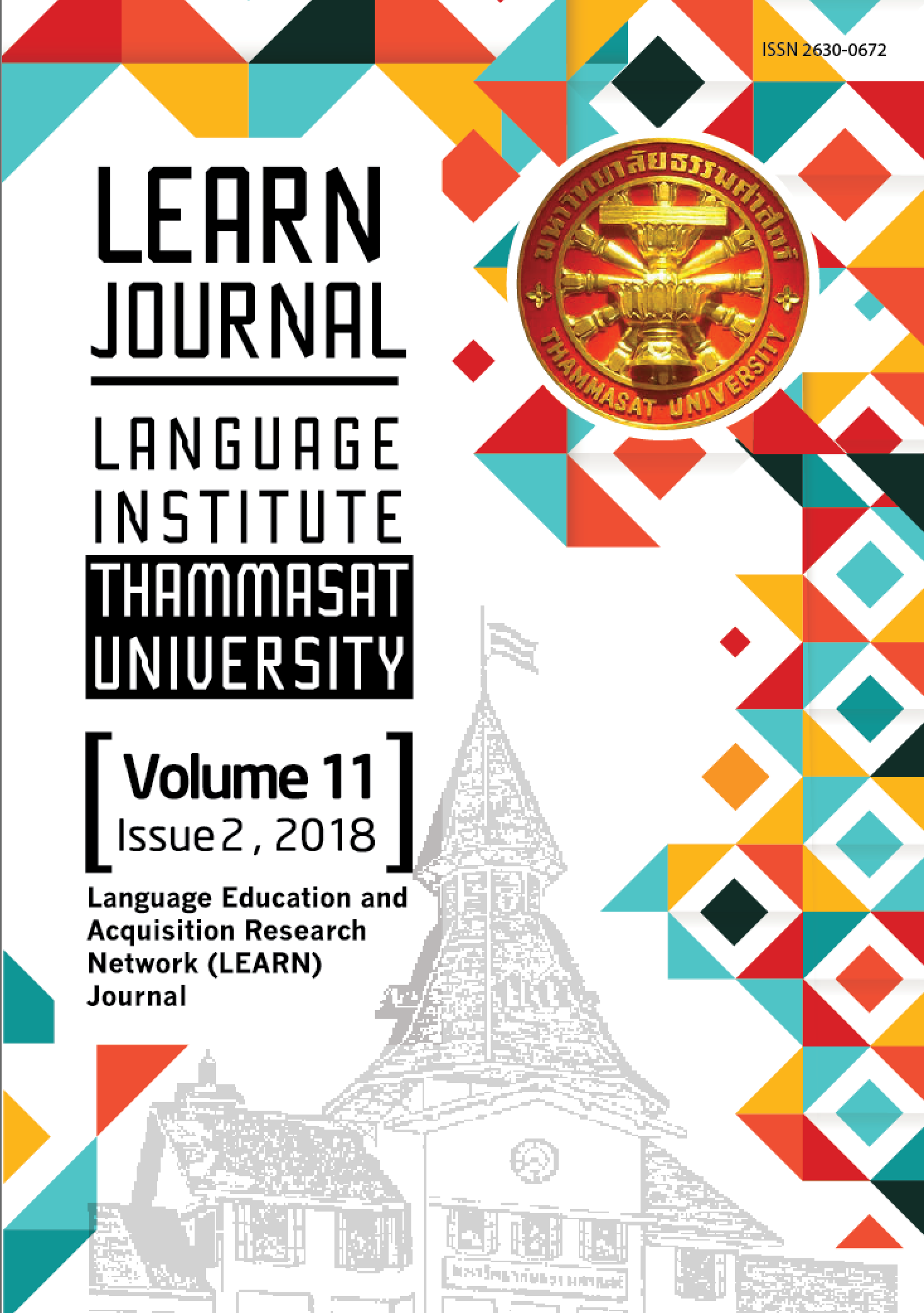A Study of Students’ Preferences Towards Native and Non-native English Teachers at Guangxi University of Finance and Economics, China
Main Article Content
Abstract
This study investigated students’ preferences towards native English-speaking teachers (NESTs) and non-native English-speaking teachers (NNESTs). The research methodology employed a mixed-method, which included a questionnaire and an interview. The participants were thirty Year 1 students and thirty-five Year 2 students from the College of International Education (CIE) Program, Guangxi University of Finance and Economics, P. R. China. Results indicated that these two groups of students viewed both NESTs and NNESTs favorably, but that different types of teachers had different strengths. NESTs were considered more effective in teaching culture, speaking, and pronunciation for the target language, but they had some problems communicating with students. NNESTs were more effective in imparting fundamental knowledge (especially grammatical structures), writing, and reading. Their teaching style, however, was rather lacking in traditional class activities. Therefore, this paper suggested that students would benefit from being co-taught by both NESTs and NNESTs.


